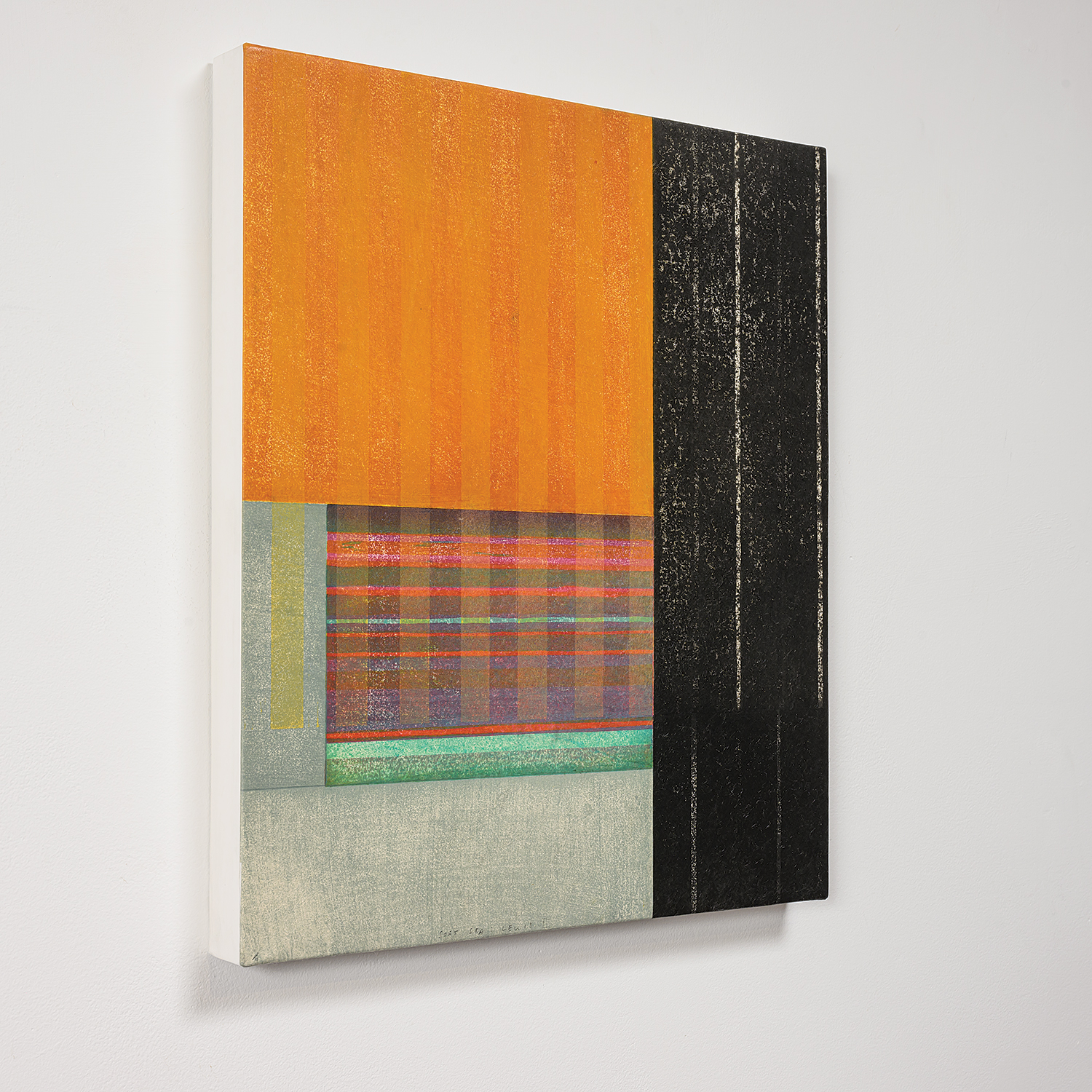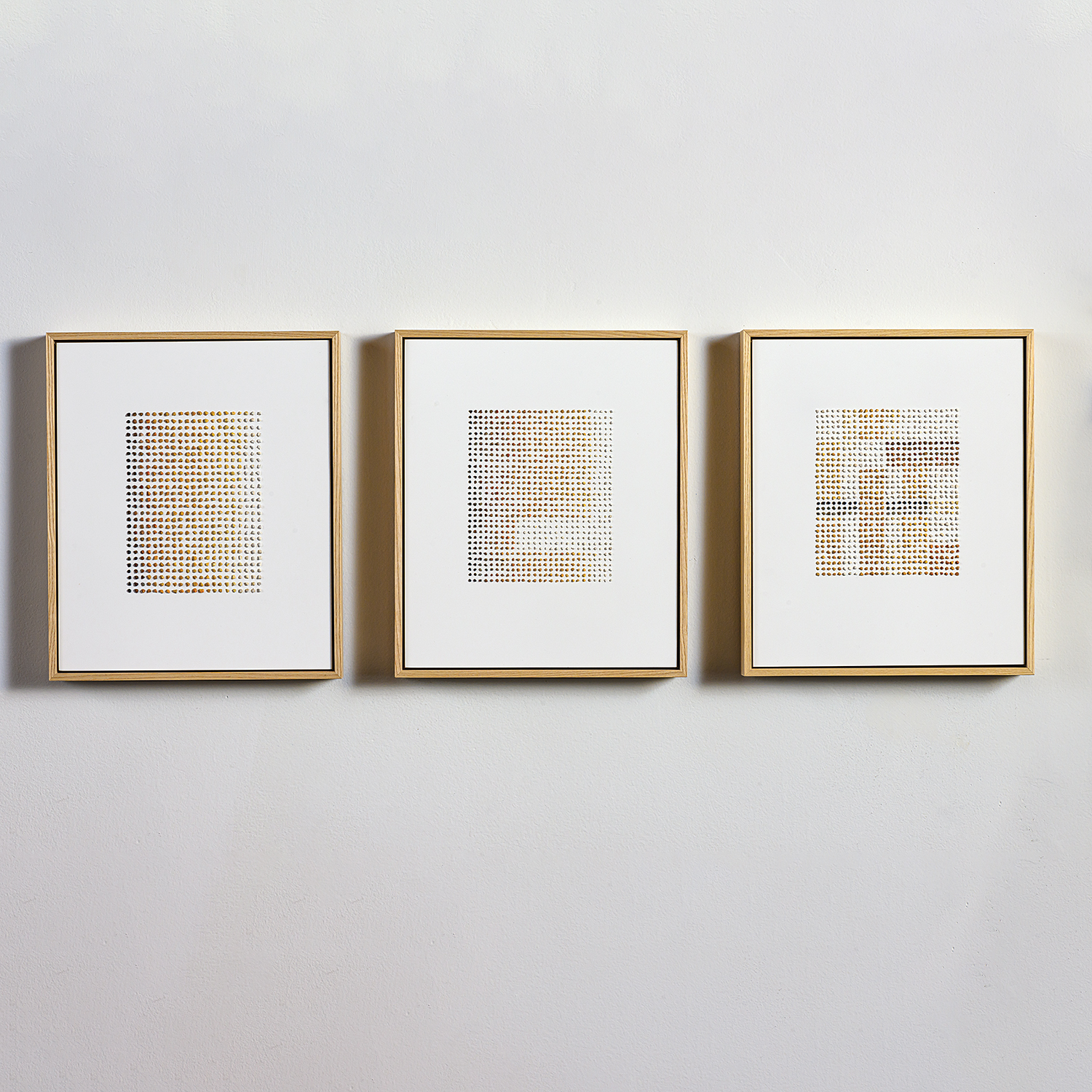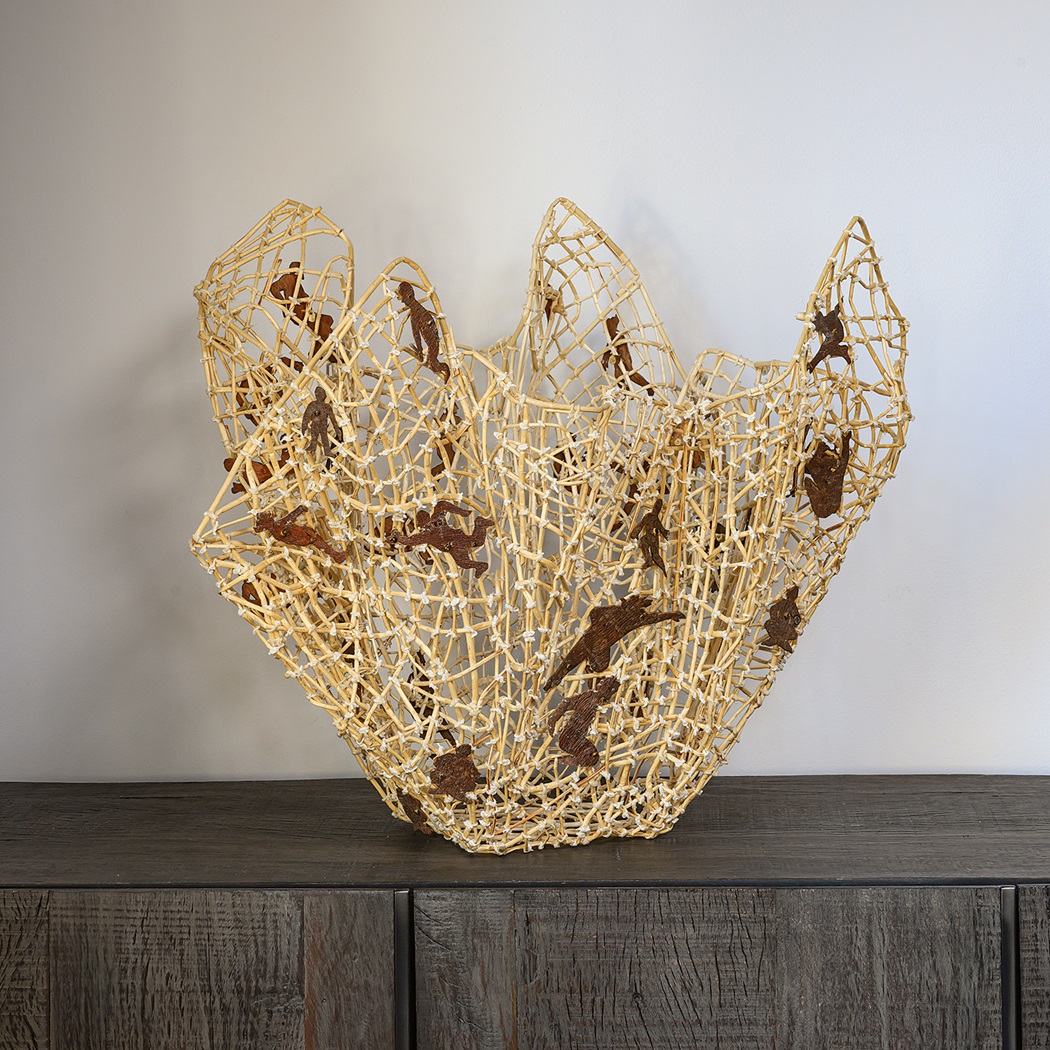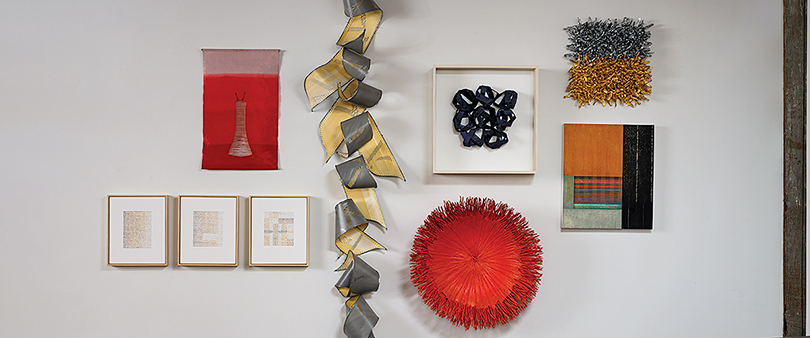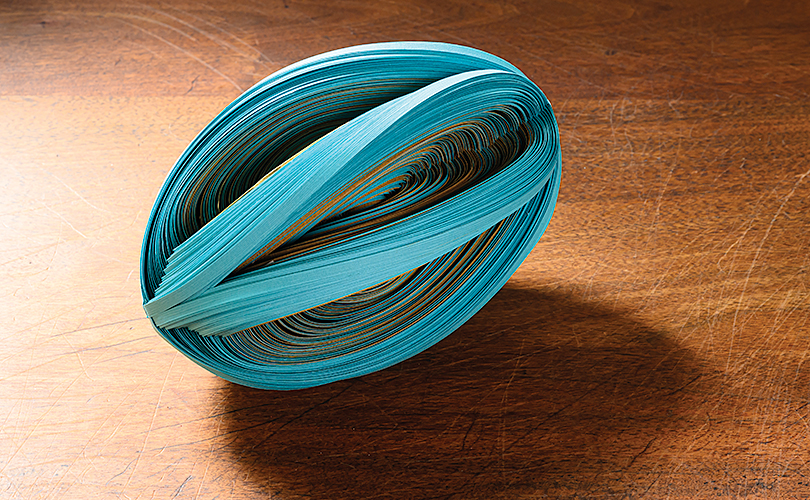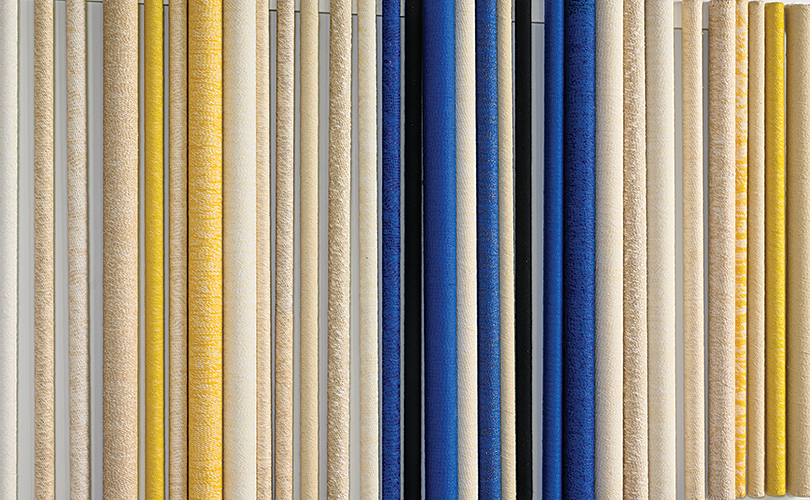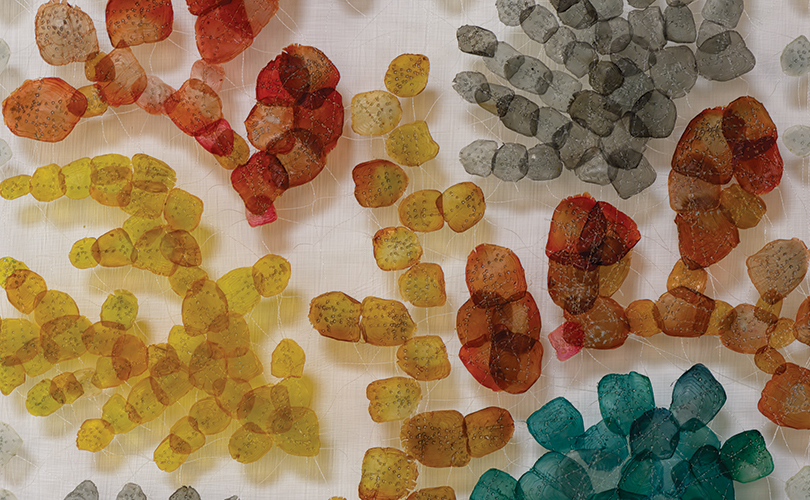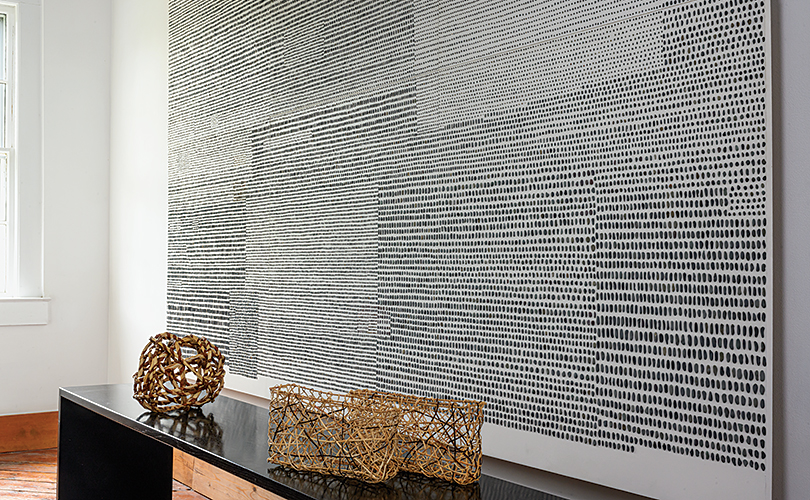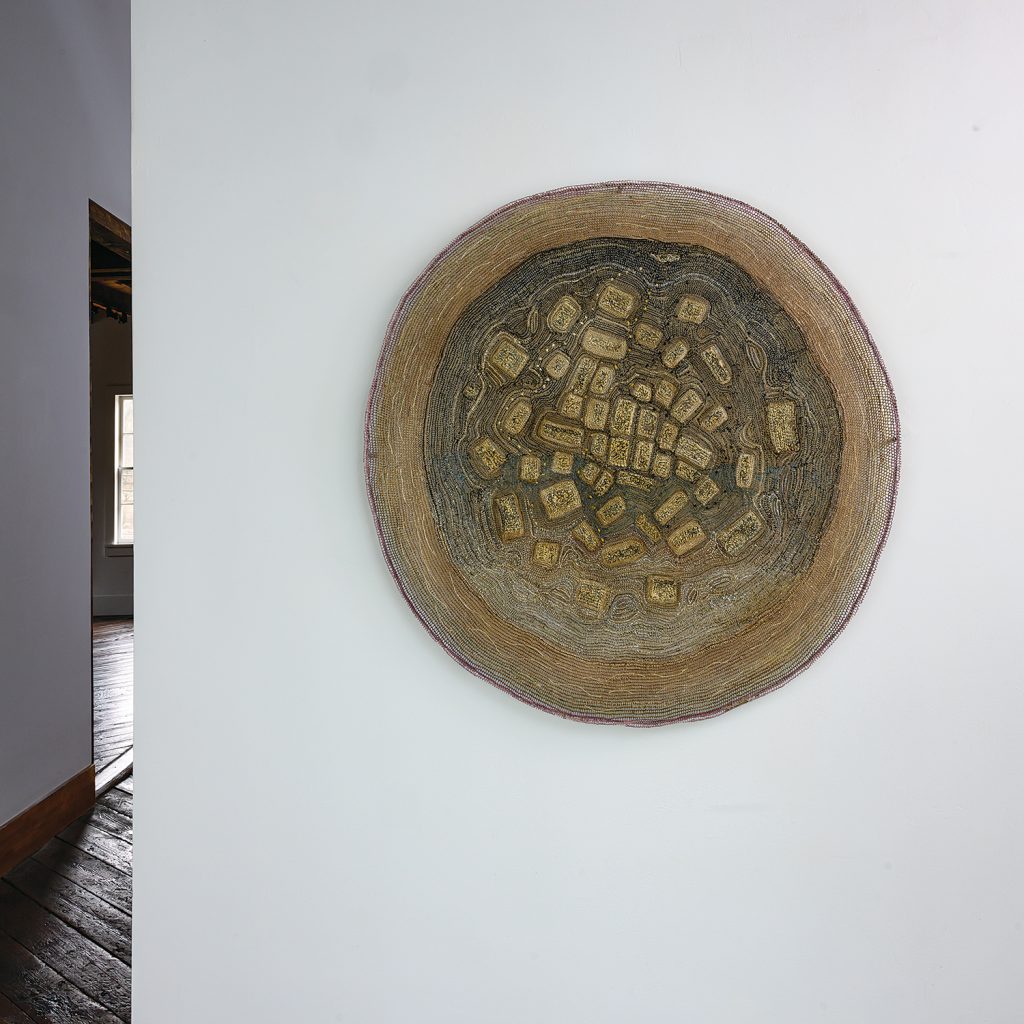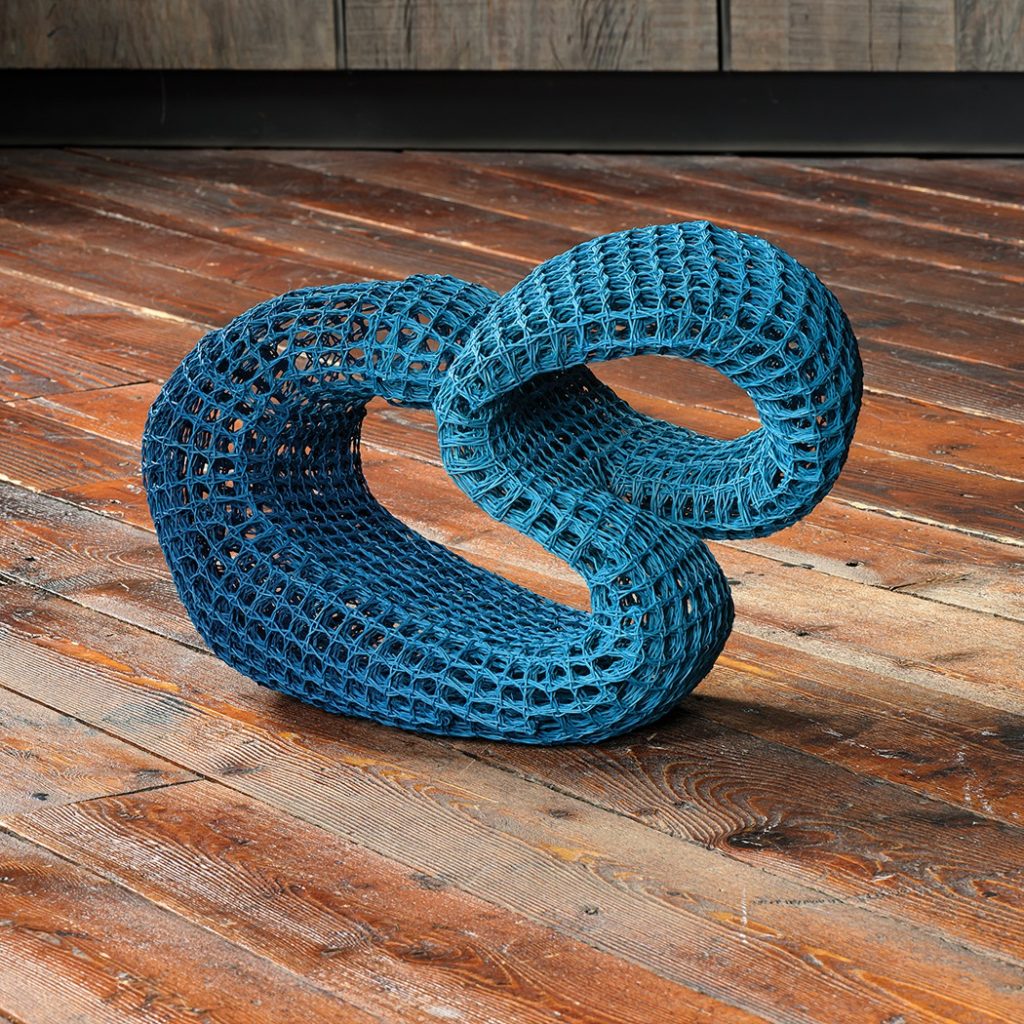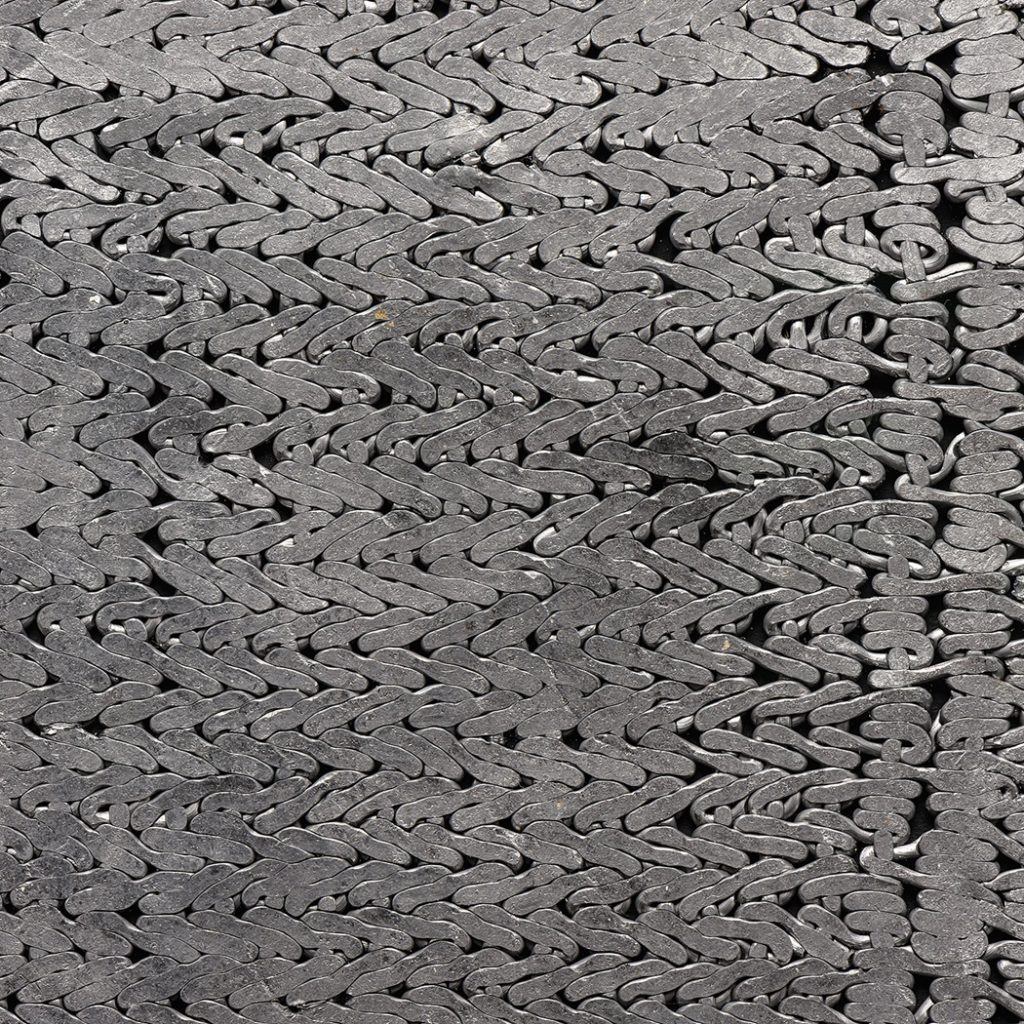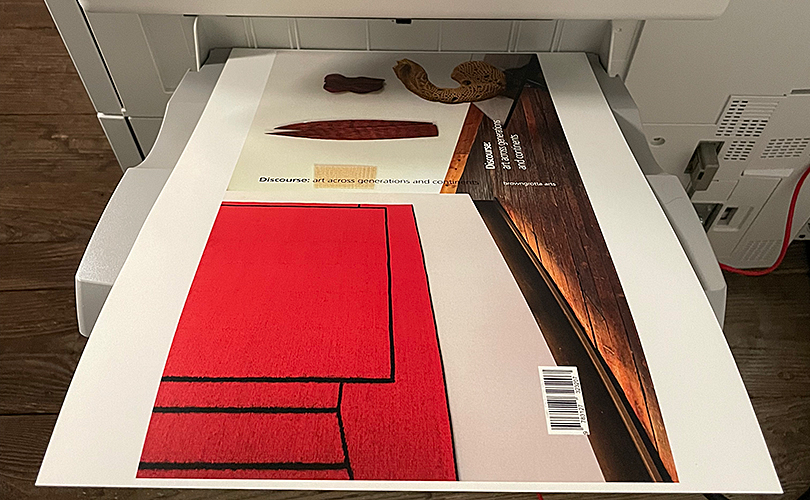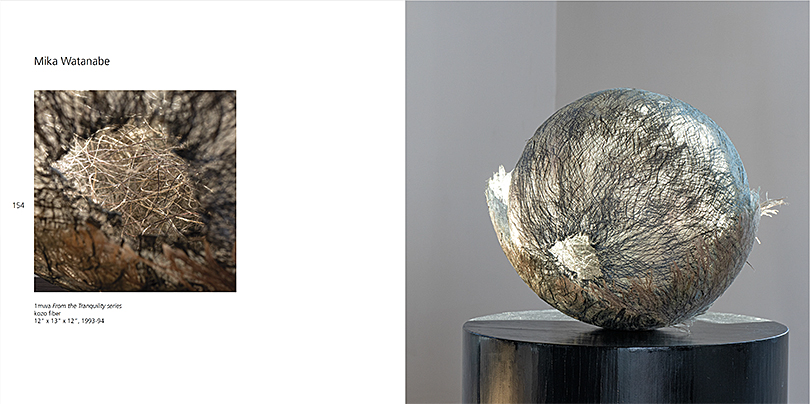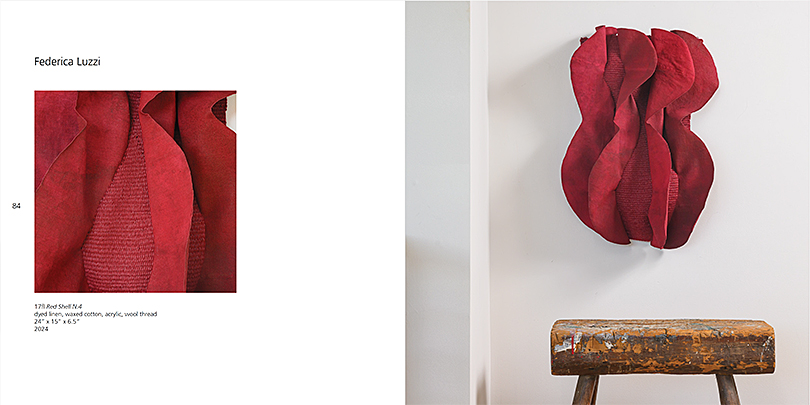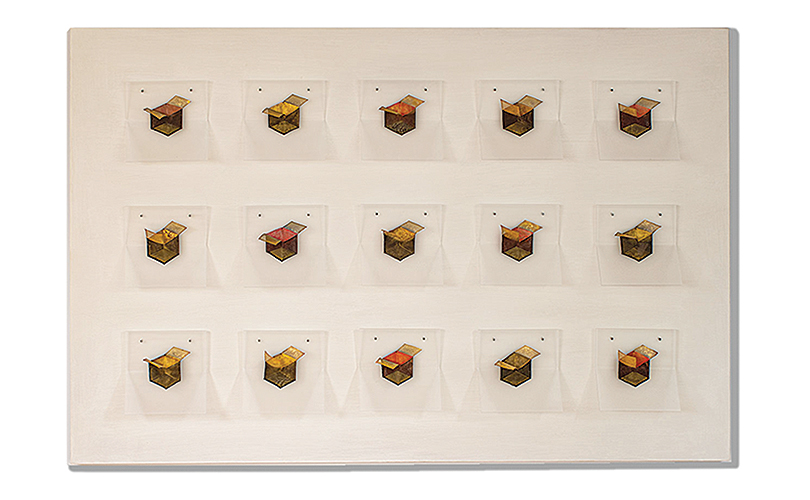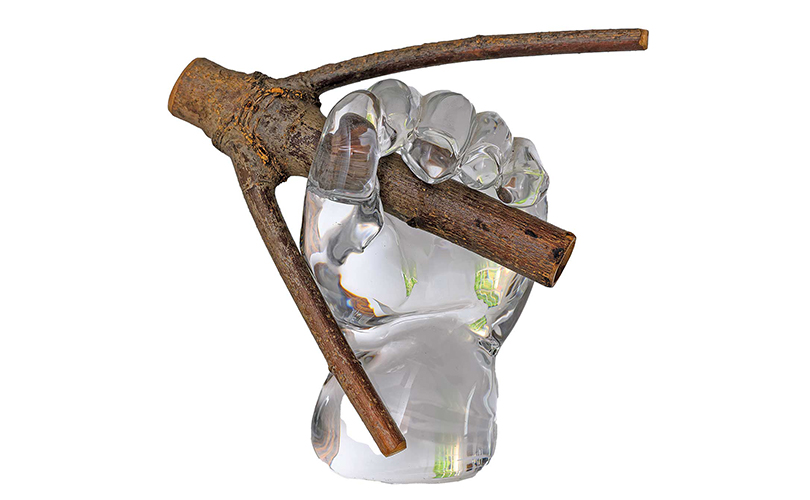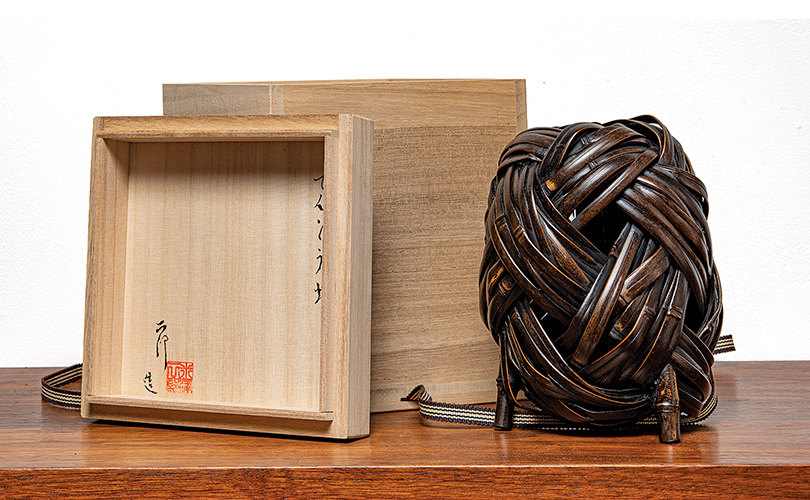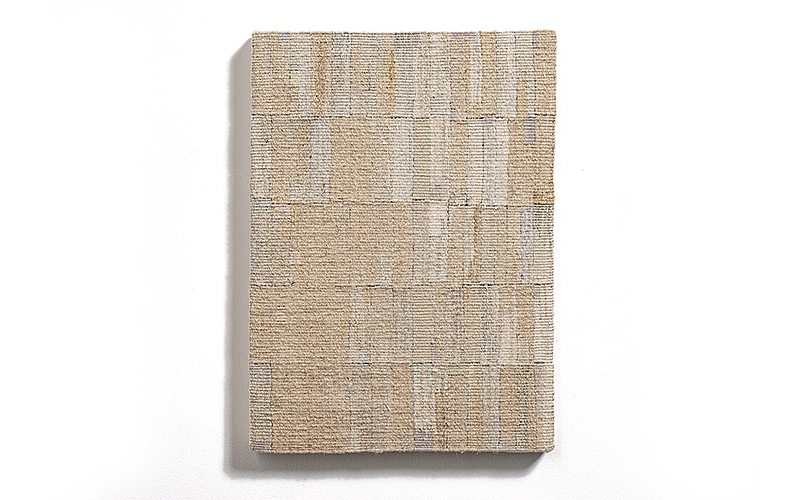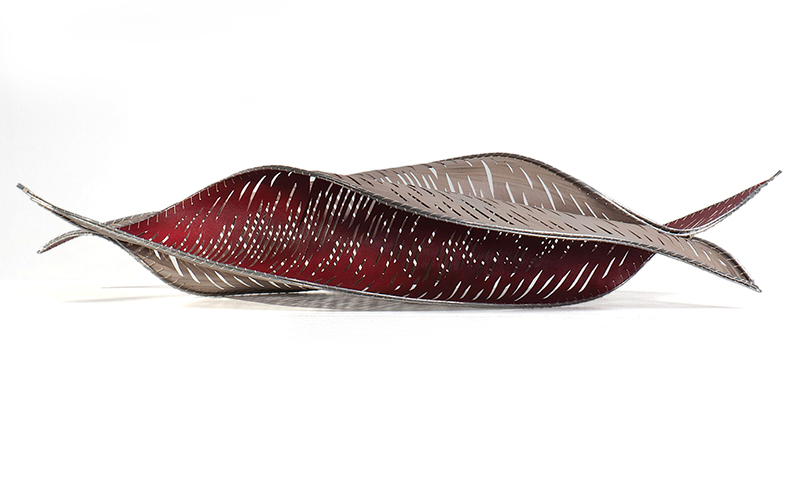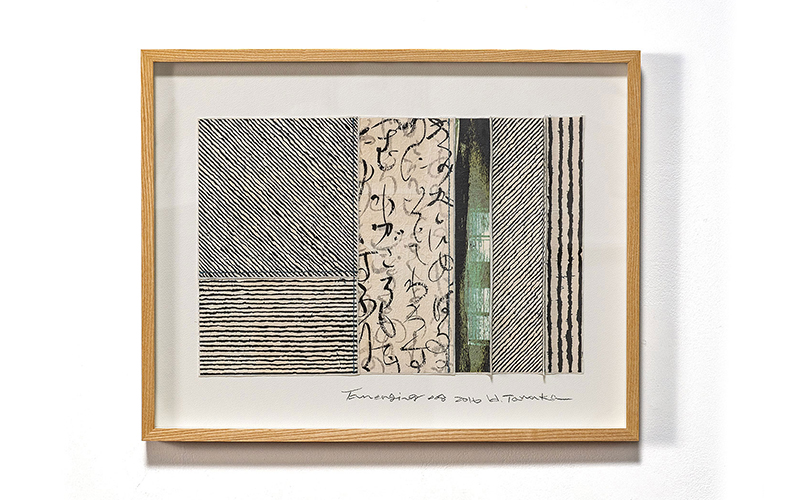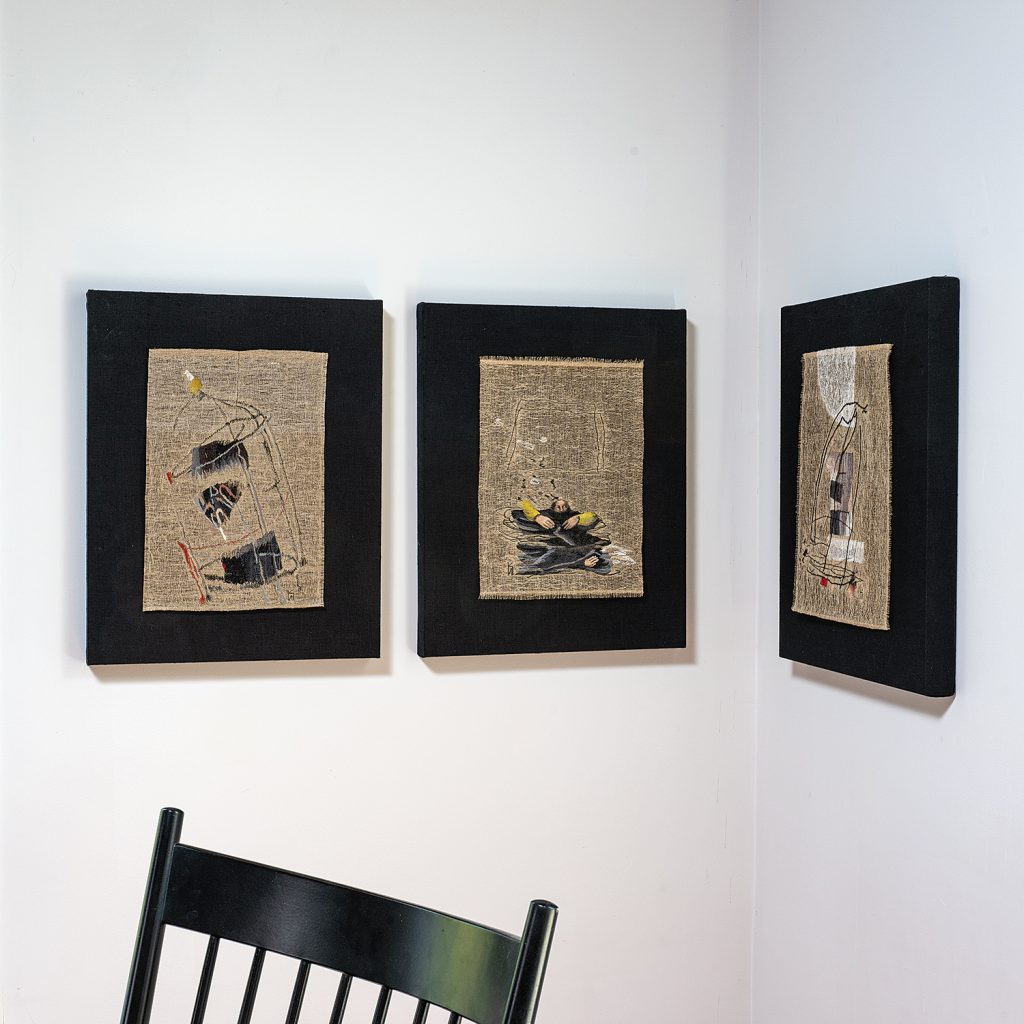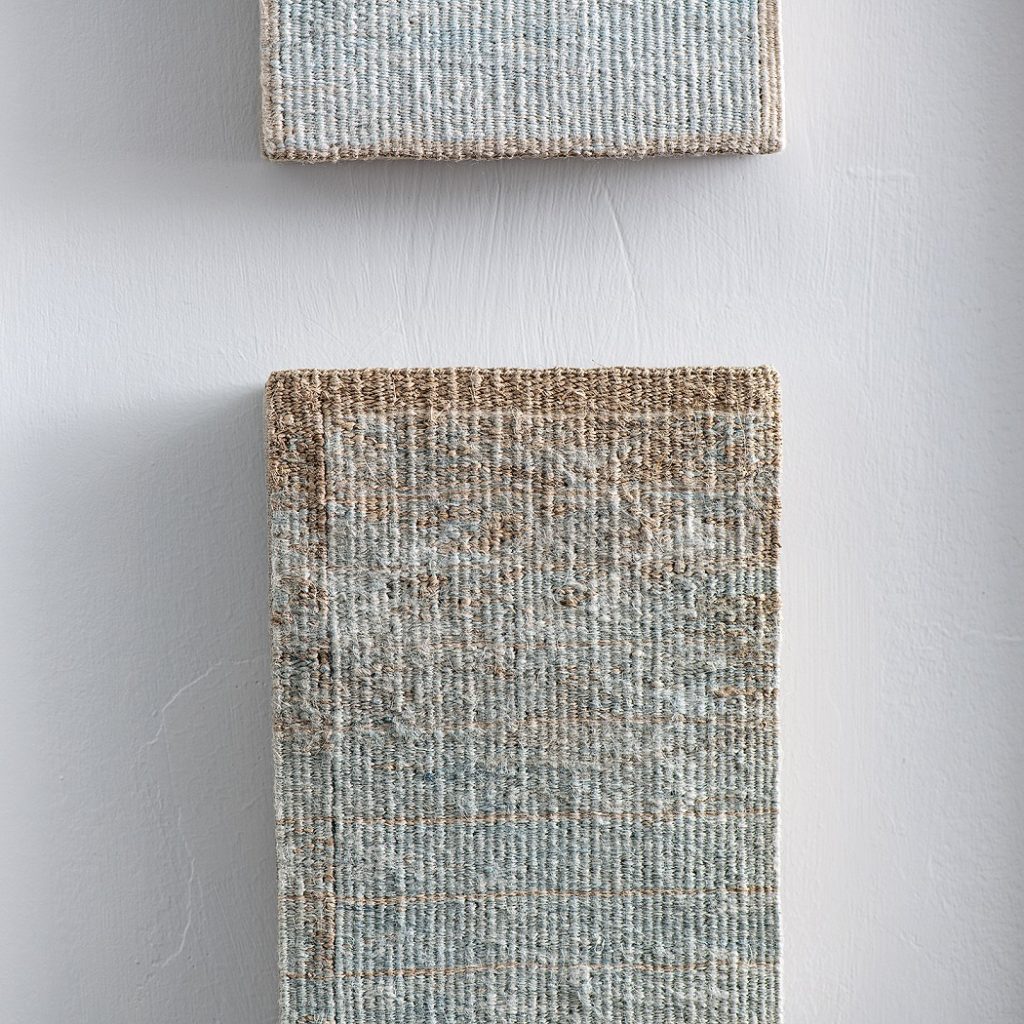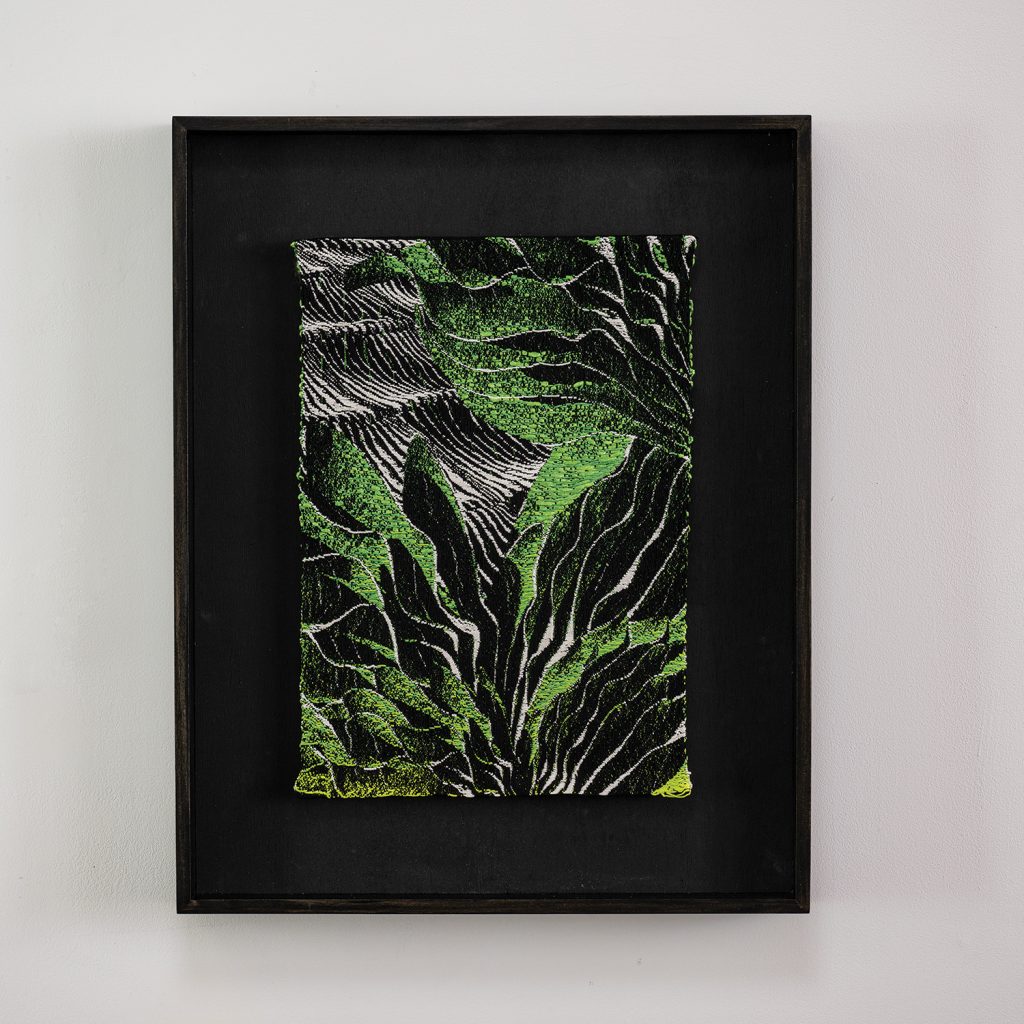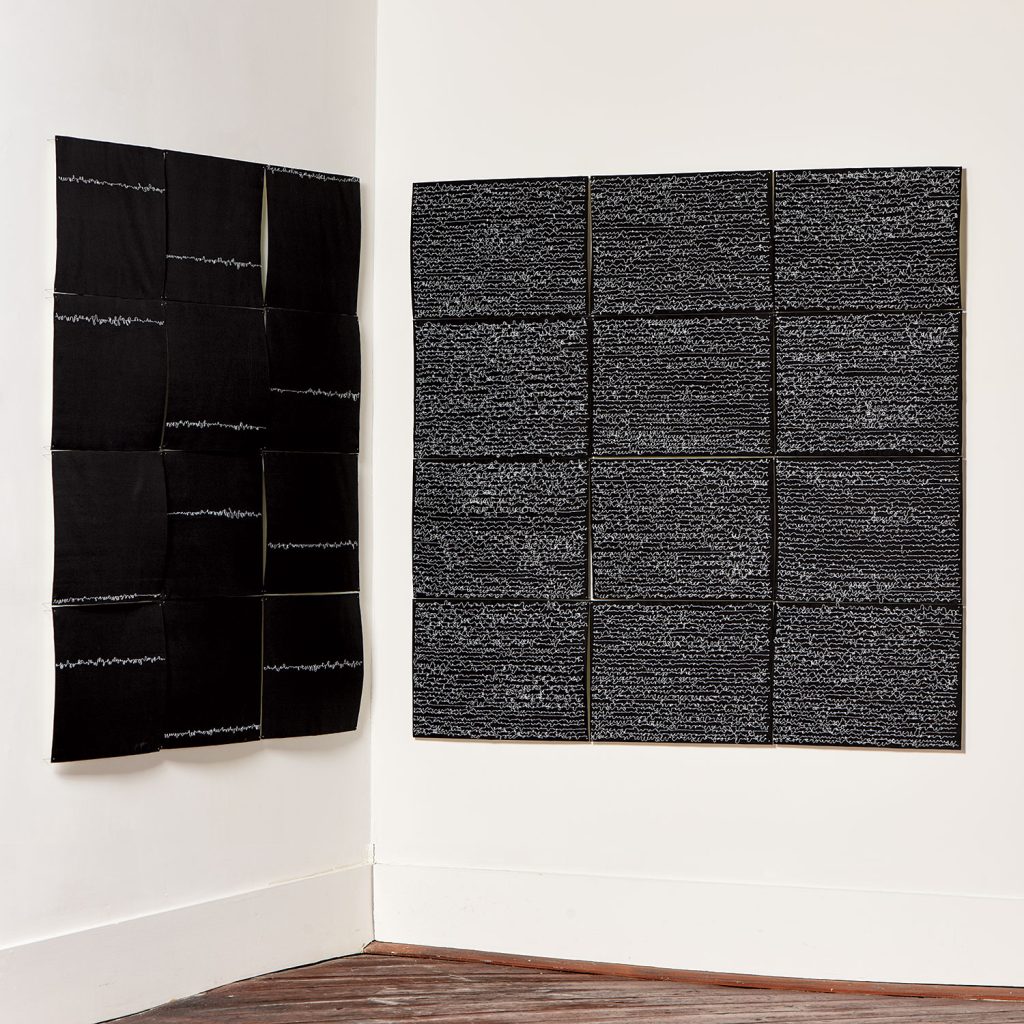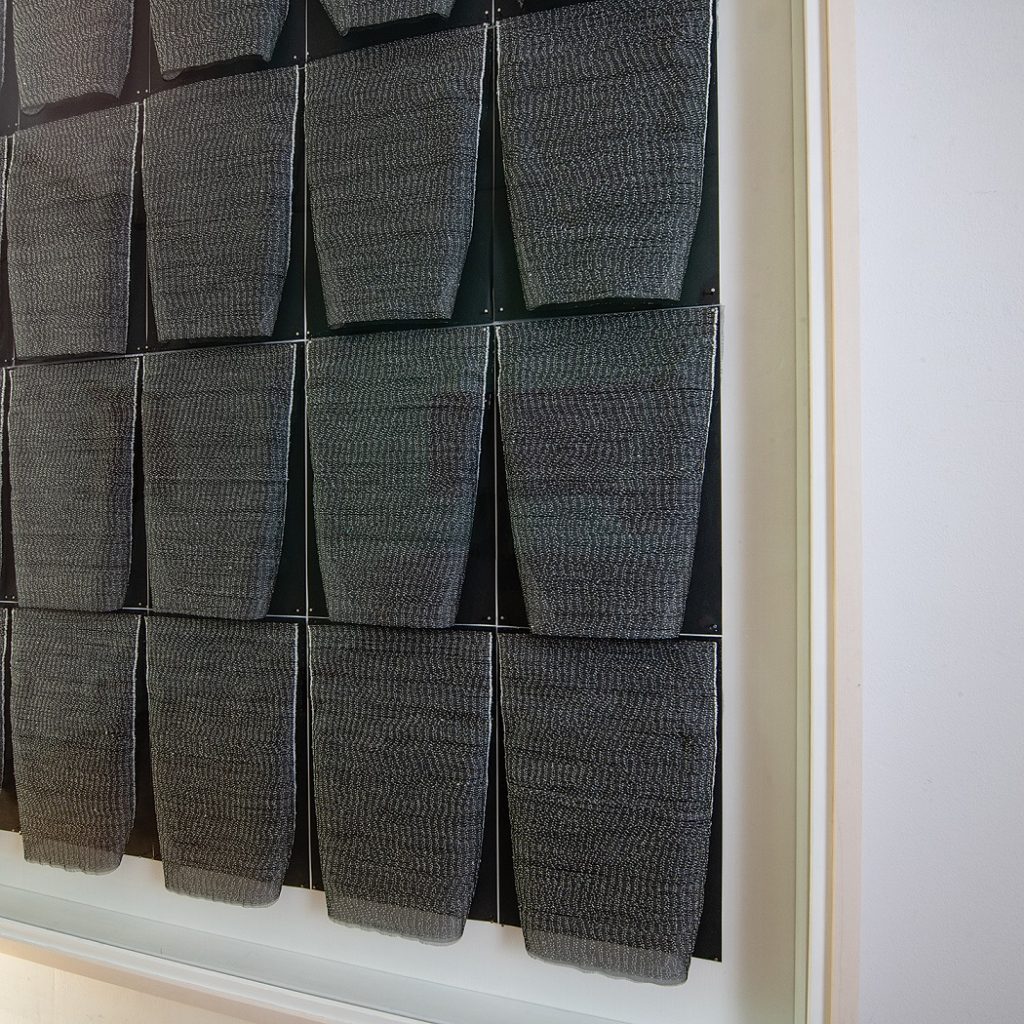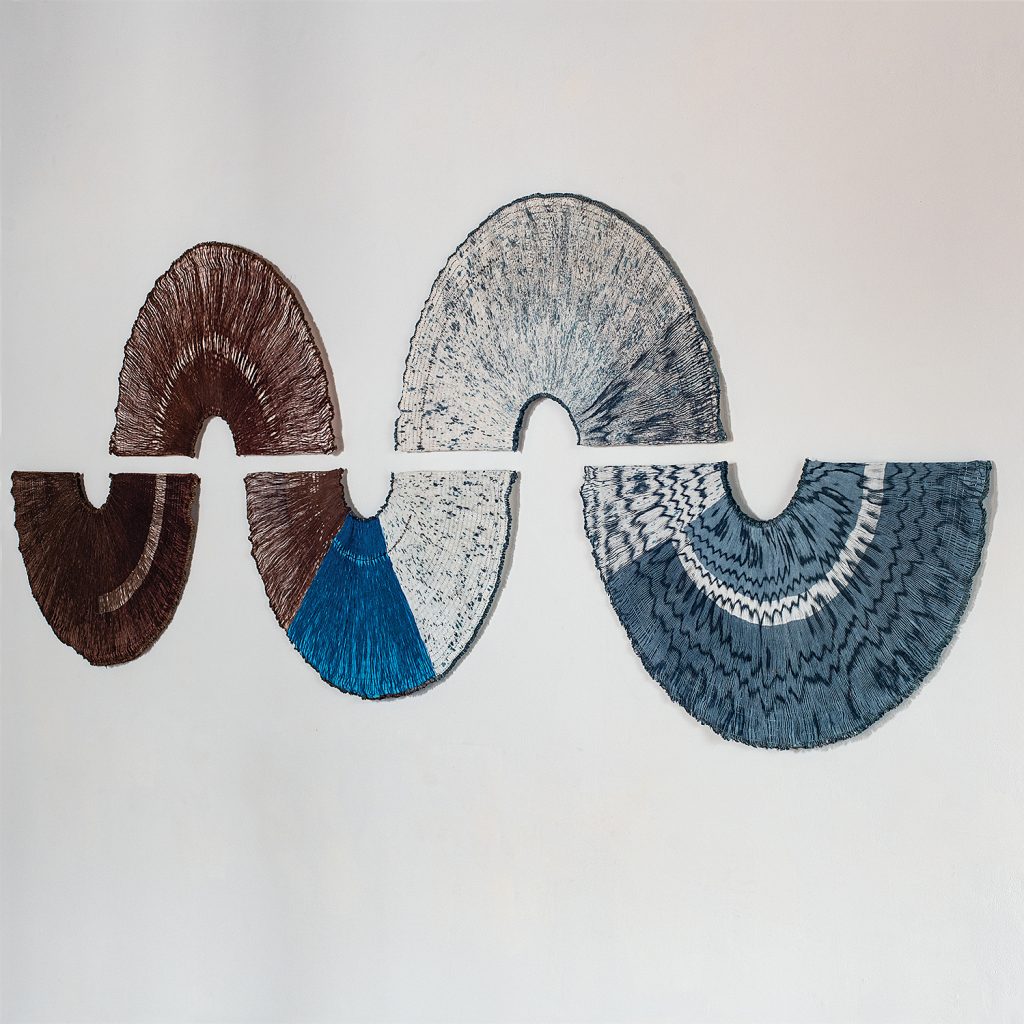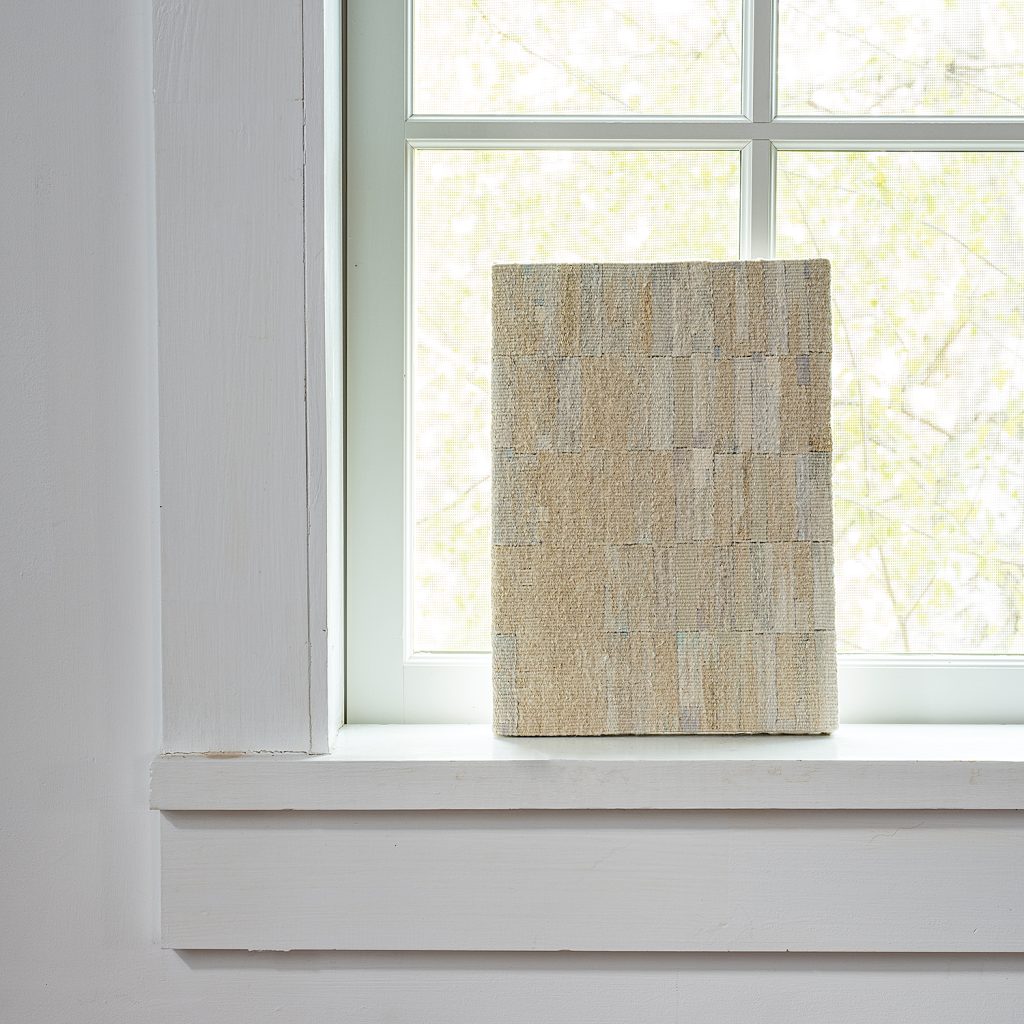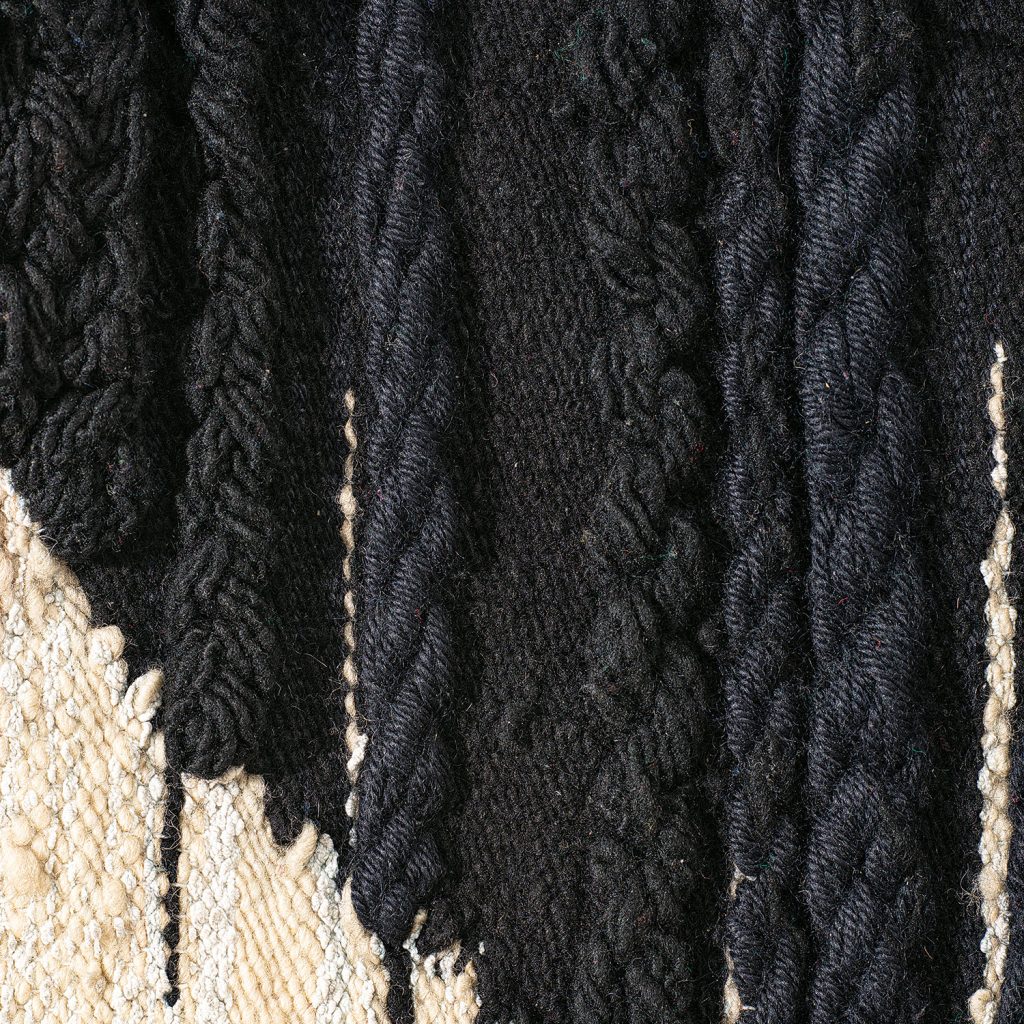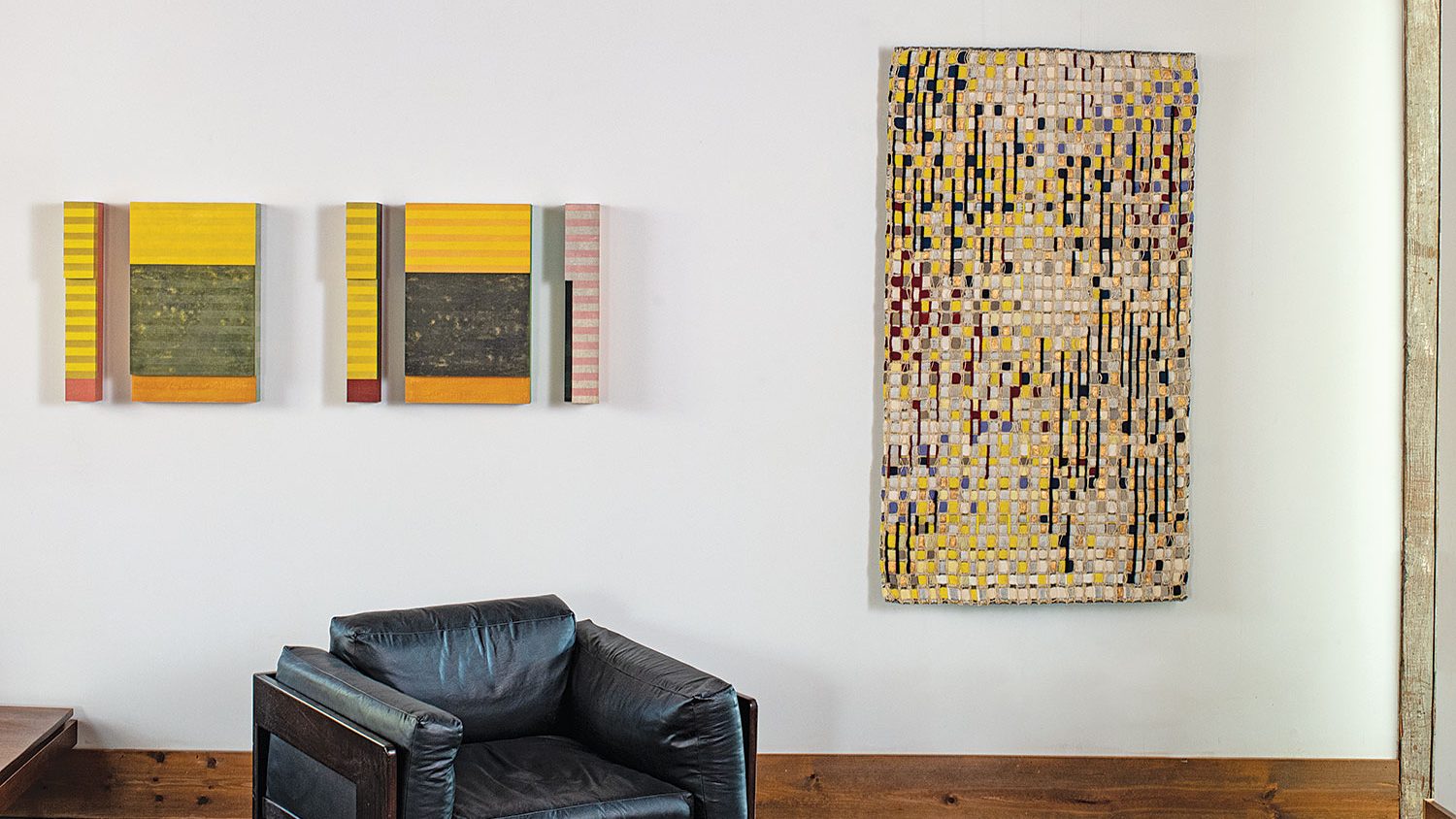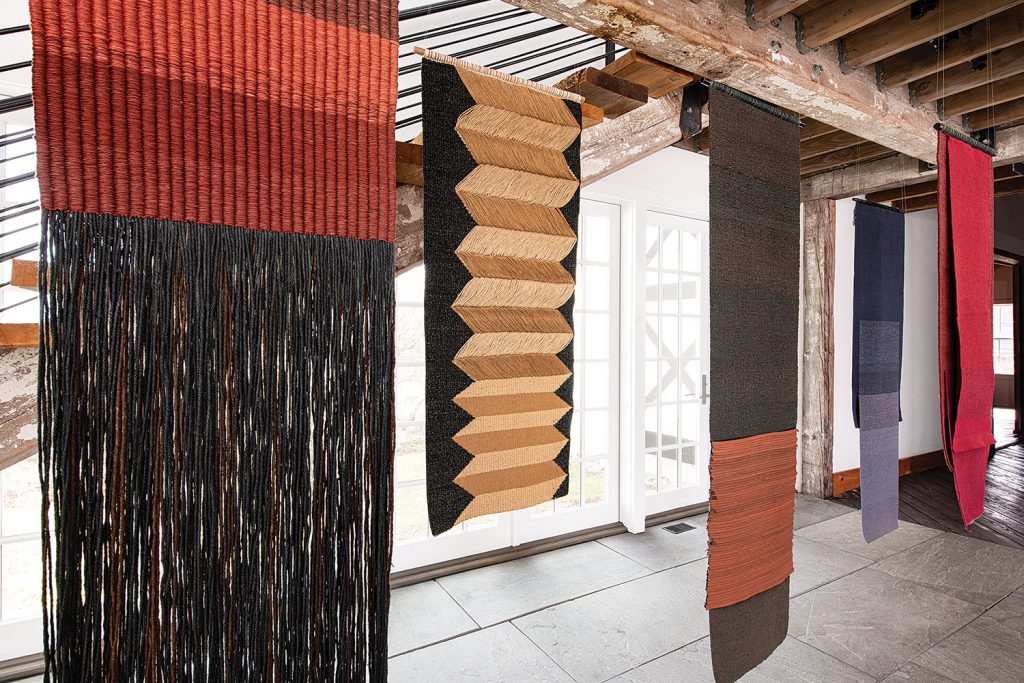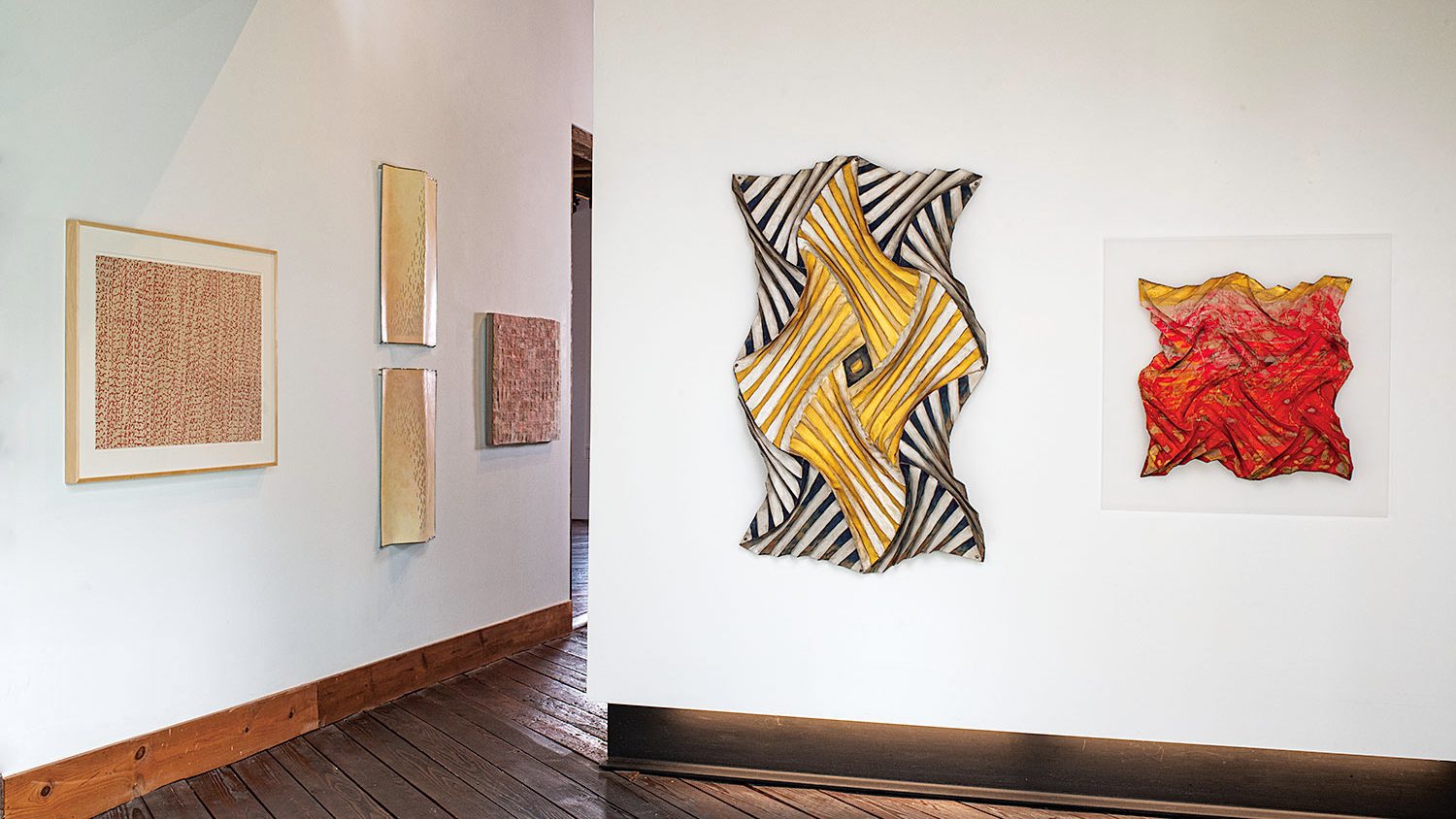As February comes to a close, we reflect on the wonderful opportunities we’ve had this month to introduce some incredible artists. From sculptural works to intricate weaving, we’ve showcased a variety of talent that continues to inspire us here at bga. During the month, our New This Week series featured the work of Sue Lawty, Karyl Sisson, Merja Winqvist, and Carolina Yrarrázaval. Let’s take a moment to revisit the works we highlighted throughout February and celebrate their artistic achievements.

We began February by featuring the talented British artist Sue Lawty, whose work is deeply connected to the land and engages with the natural world. Lawty is known for creating intricate and emotive sculptures using materials like linen, wool, and other natural fibers. Her work explores the subtleties of material and construction, focusing on the repetitive elements that form distinct textual languages.
Lawty’s work has always emphasized a connection to the land and the tactile, meditative process of working with fibers, creating pieces that resonate with both the viewer’s eye and soul. With a long career that includes prestigious fellowships, including one at the Smithsonian Museums, Lawty’s influence in contemporary fiber art remains significant.
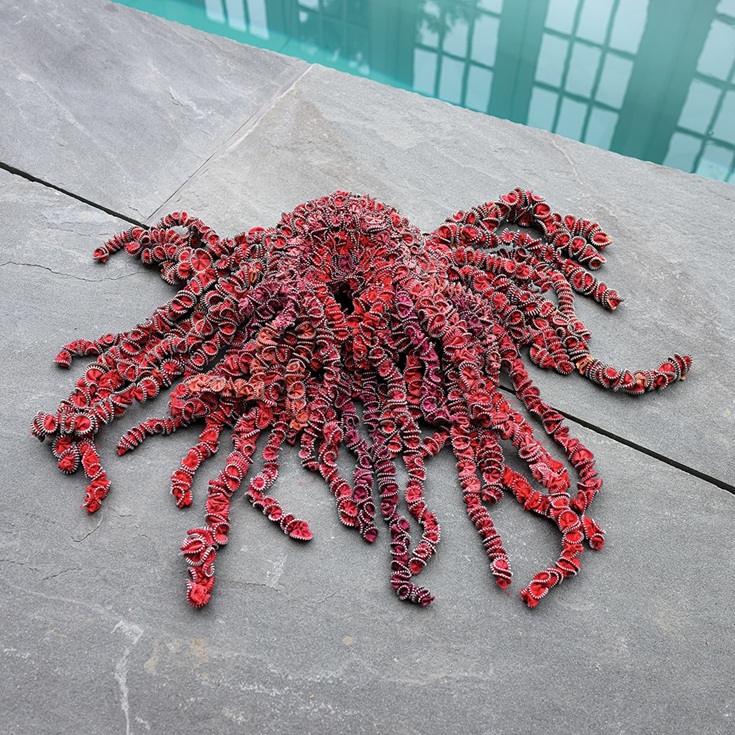
Next, we featured Karyl Sisson, a Los Angeles-based artist whose sculptures and textured forms are made from both modern and everyday materials. Sisson’s creative process is driven by pattern, repetition, and structure, with materials ranging from paper straws to fibers, often drawn from her surroundings. Her work draws inspiration from diverse sources, such as the landscape of Los Angeles, microbiology, and fashion manufacturing. By reinventing undervalued materials, Sisson challenges traditional gender roles and domesticity.
Her recent work with paper straws, inspired by cells and organisms, showcases her talent in transforming organic forms and shapes into art that grows naturally before our eyes.

Throughout the month we also highlighted Merja Winqvist, a Finnish artist known for her minimalist and sculptural textile works. Winqvist draws influence from aboriginal cultures, finding a common thread in the forms and structures she encountered in Africa, the Americas, and Asia. Her approach is rooted in functionalism, where the simplicity of her forms serves both aesthetic and practical purposes.
Winqvist’s work conveys strength and unity, with a focus on simplicity and durability. We’re honored to have featured her, as her work bridges different cultural influences and reflects a deep understanding of materiality and form.

Lastly, we showcased the work of Carolina Yrarrazaval, a Chilean artist whose intricate and tactile weaving is informed by her coastal surroundings. Drawing from multiple cultural references, including pre-Hispanic geometry and the subtlety of Japanese textiles, Yrarrázaval’s work speaks to a sense of place and time.
Her recent exhibition, Layer of Memories, explored these themes by layering materials like linen, silk, and hemp, creating works that reflect the natural beauty and textures of her environment. We are thrilled to continue sharing her remarkable artistic journey with you.
As we wrap up the month, we want to express our gratitude for your continued interest in these remarkable artists and their work. Stay tuned for more exciting new art in March! We’re thrilled to have you on this journey with us, and we look forward to more creativity, inspiration, and innovation in the months ahead.

